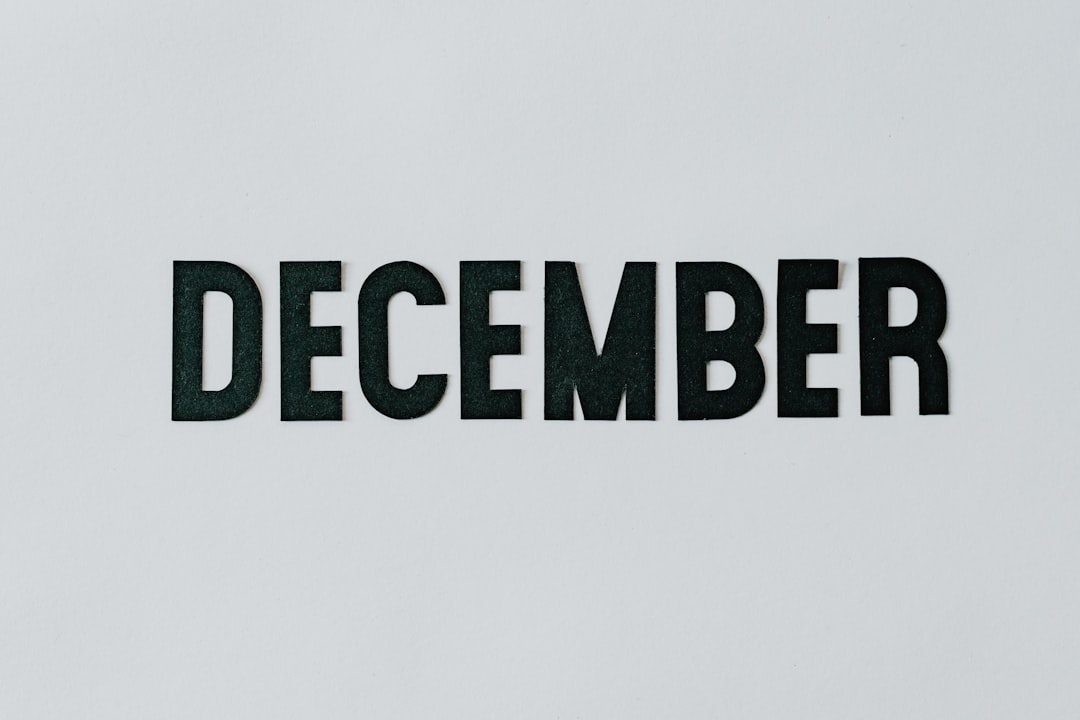In today’s globalized world, the ability to translate documents quickly and accurately is more important than ever. Whether you’re handling business contracts, academic research, or immigration paperwork, translating scanned PDF documents can be a crucial step. However, scanned PDFs pose unique challenges because they are essentially images rather than editable text. So, what’s the best way to translate a scanned document PDF in 2025? Let’s dive in.
Understanding the Challenge of Translating Scanned PDFs
Unlike text-based PDFs, scanned documents are image files — meaning a layer of text needs to be extracted before translation tools can process it. This requires Optical Character Recognition (OCR), a technology that identifies and converts text within scanned images into machine-readable text.
Without OCR, machine translation systems cannot recognize the document’s content, making translation impossible. Therefore, the translation of scanned PDFs typically involves a multi-step pipeline:
- Converting the scanned image to editable text using OCR
- Translating the extracted text
- Reintegrating the translated text back into the original document format if necessary

Step-by-Step Guide: Translating a Scanned PDF Document
To achieve the most accurate translation of a scanned PDF document in 2025, follow these key steps:
-
Use a High-Accuracy OCR Tool
Start by using a reputable OCR tool to extract text from the scanned PDF. Tools such as Adobe Acrobat Pro DC, ABBYY FineReader, or cloud-based solutions like Google Drive OCR and Microsoft OneNote are excellent choices. Ensure you choose a tool that supports the language of the source document and is capable of recognizing formatting such as columns and tables. -
Review and Clean the Text
After extraction, review the OCR output for errors. OCR is not always perfect, especially with handwritten texts or poor scan quality. Clean up any inconsistencies or misrecognized characters before moving to the next step. -
Apply a Reliable Translation Engine
Use a trusted translation tool to convert the cleaned-up text. DeepL Translator and Google Translate are among the top performers in 2025, with DeepL particularly known for its contextual accuracy and fluency across multiple languages. -
Reformat and Reintegrate the Translation
For official or professional purposes, the translated text often needs to be placed back into the same layout as the original document. Software like Adobe InDesign or document editors that maintain layout formatting can help replicate the original design with the translated content.

Best Tools for Scanned PDF Translation
Here are some of the most trustworthy tools for each step of the process:
- OCR Software: ABBYY FineReader, Adobe Scan, Google Vision API
- Text Translation: DeepL Pro, Google Translate, Microsoft Translator
- Document Editing and Reintegration: Adobe Acrobat Pro, InDesign, Canva
Tips for Improved Accuracy
Even with the best tools, attention to detail is vital. Keep these best practices in mind:
- Scan Quality Matters: Always scan documents at a minimum of 300 DPI to ensure accurate OCR recognition.
- Proofread the Output: Human review is indispensable, especially for legal or technical documents. Consider hiring a native speaker for final proofreading.
- Use Consistent Terminology: For business or academic translations, use a glossary or translation memory to maintain consistent terminology throughout the document.
Conclusion: Accuracy Over Automation
While technology in 2025 has made translating a scanned PDF easier than ever, relying solely on automation still carries risks. The best way to translate a scanned document PDF involves combining high-quality OCR tools, accurate machine translation, and human oversight. Whether you’re managing sensitive client information or submitting immigration records, this process ensures both precision and professionalism.
By utilizing the right combination of tools and applying careful quality control, you can turn even the most complex scanned PDFs into accurately translated documents ready for global use.











